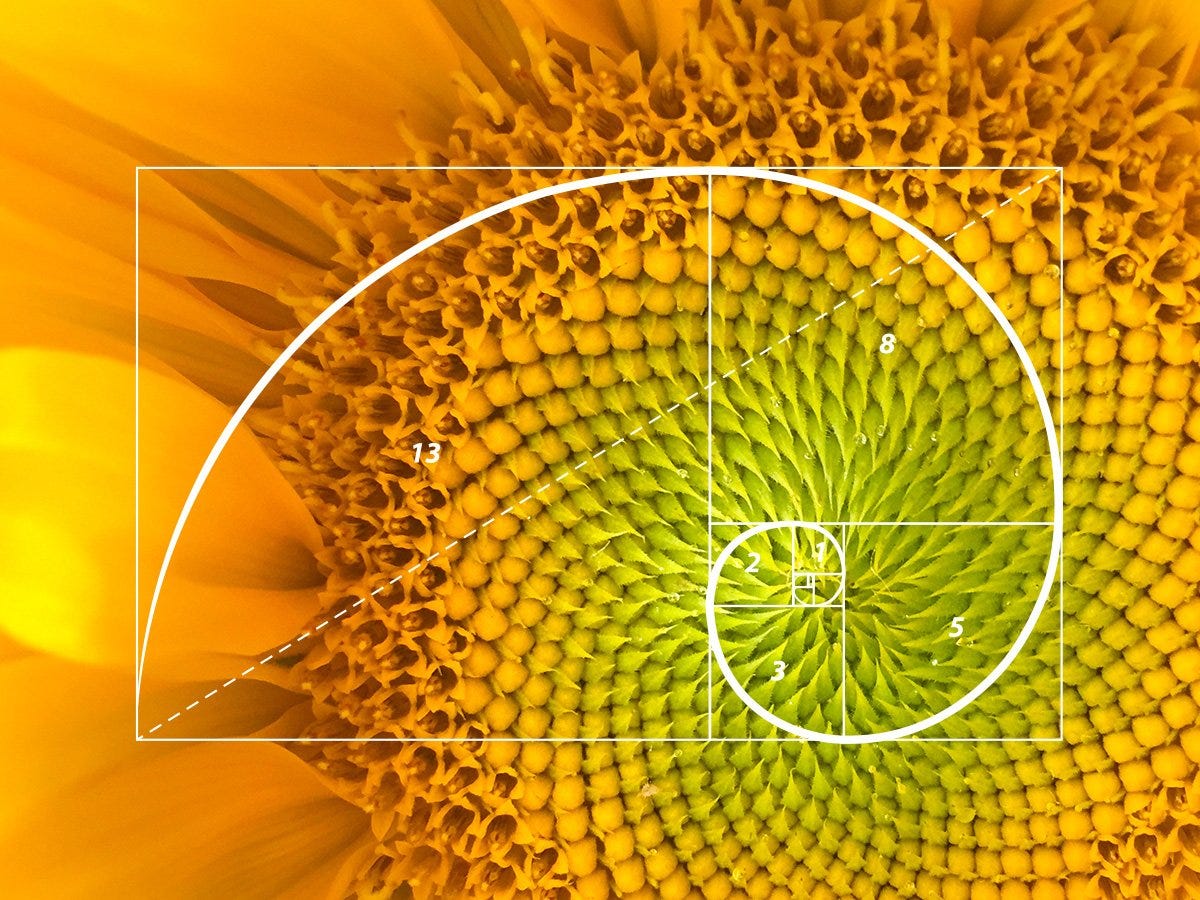Proportion in Jewelry Design
Proportion is about the relative size of components and spaces within a composition.
Today’s design topic is the principle of proportion. Proportion is about the relative size of components and spaces within a composition.

The best non-jewelry analogy comes from the world of food. A stew or salad with equal amounts of each ingredient would be incredibly unappealing, if not inedible. Cooking, like art, is not a democracy. Instead of each feature having an equal presence, we must recognize the relationship or value of each component to the whole and adjust accordingly.
Pleasing proportions in design are determined in a similar way, by our taste. Although in Western art, there are prescribed methods, such as the Golden Ratio or Fibonacci sequence, that yield compositions deemed ideal. These formulas are readily found in nature, and since we all live on the same planet have a shared response to the stimuli we experience.

However, when you look at beautiful art or fashion from other cultures or eras, it is easy to see that attractive proportions are a matter of preference, not mathematics. In fact, adjusting the proportions of a composition is the best way to affect the tone or emotion of a work.
Proportion acts as a visual modifier, adjusting the size of elements to create a harmonious relationship between them, ensuring they work together rather than competing for attention. When proportions are well-considered, they create a sense of inevitability—each element feels like it belongs exactly where it is and at exactly the size it appears.

For Berenguer, the space between components is an important design element. The wire framing of the cuff provides containment and determines the proportion.
Keep reading with a 7-day free trial
Subscribe to Jewelry Club Weekly to keep reading this post and get 7 days of free access to the full post archives.


